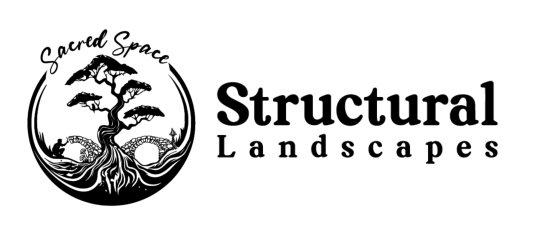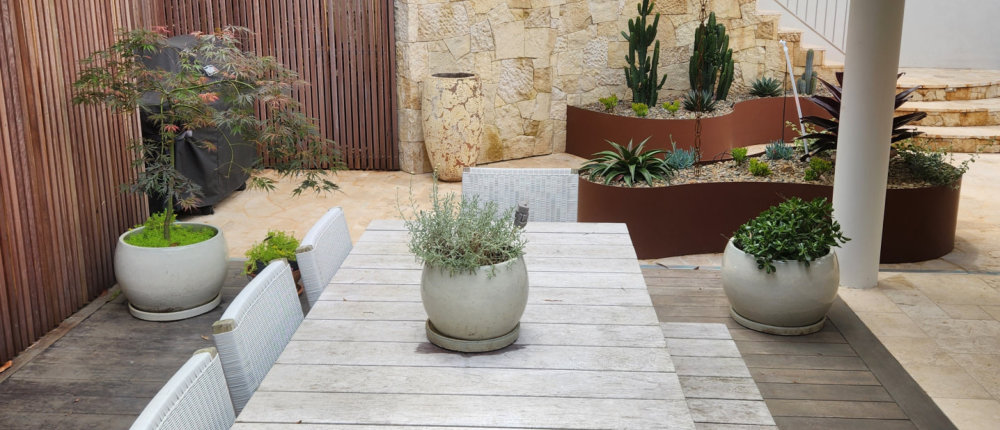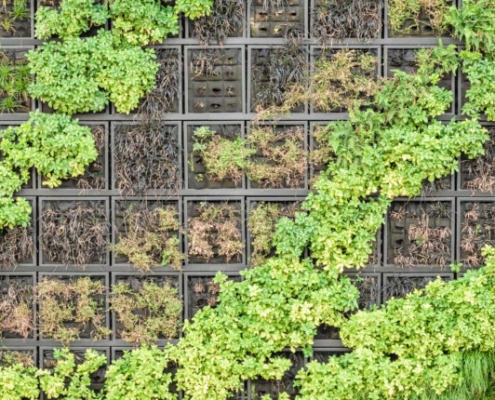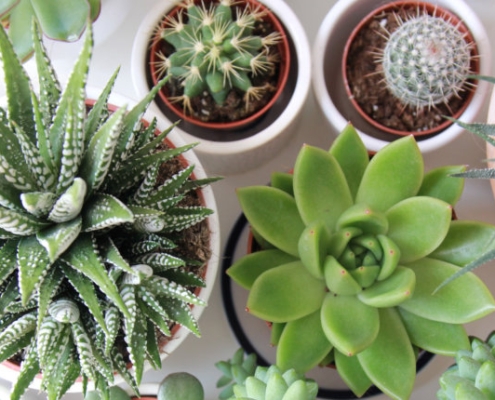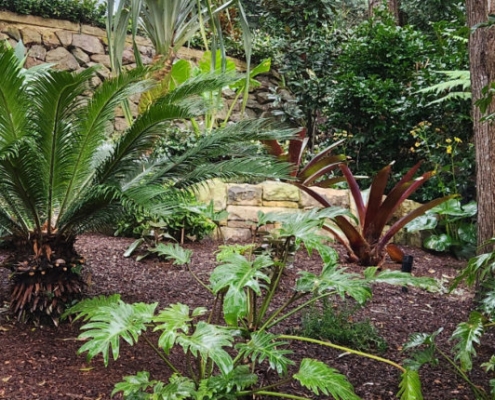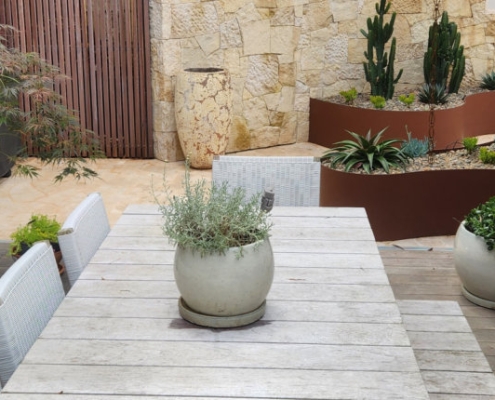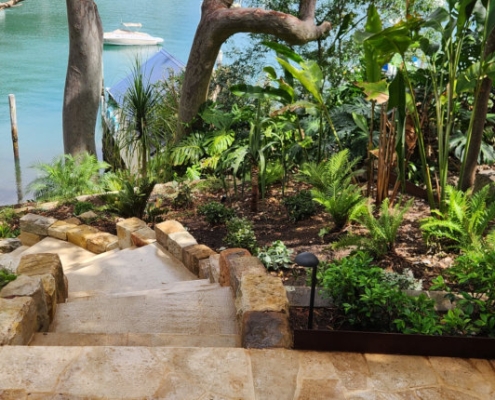Focal Points in the Garden: Drawing the Eye with Purpose
Focal points, those carefully curated highlights within your garden, serve as visual anchors that draw the eye with purpose. Whether you’re working with towering trees, ornate sculptures, or a thoughtfully arranged cluster of plants, understanding the significance of these focal points can transform your green space into a captivating oasis. Join us as we explore the ins and outs of selecting, placing, and maintaining these captivating elements, unlocking the secrets to a garden that not only grows but captivates.
Types of Focal Points
A. Structural Focal Points
Large Trees or Shrubs
When it comes to structural focal points, few elements can match the timeless allure of large trees or shrubs. Majestic trees, such as oak or maple, can command attention with their height and foliage, creating a natural focal point. Similarly, well-pruned and sculpted shrubs can define spaces and add a touch of elegance to your garden design. The choice of trees and shrubs should consider the overall landscape, climate, and the visual impact you aim to achieve.
Architectural Elements (Gazebos, Pergolas, etc.)
Incorporating architectural elements introduces a sense of design and functionality to your garden. Gazebos and pergolas, with their intricate designs and strategic placements, can serve as eye-catching focal points. These structures not only provide shade and shelter but also define specific areas within the garden, adding depth and visual interest. When selecting these elements, consider the style of your home and the overall theme of your garden for a harmonious design.
Water Features (Fountains, Ponds, etc.)
The soothing sound of flowing water and the reflective quality of ponds can transform any garden into a tranquil retreat. Water features, such as fountains or ponds, serve as dynamic focal points that engage multiple senses. Beyond their aesthetic appeal, these elements attract wildlife, creating a living and ever-changing centrepiece. Careful consideration of the water feature’s scale, placement, and design ensures a seamless integration with the surrounding landscape.
B. Ornamental Focal Points
Sculptures and Statues
Adding a touch of artistry to your garden, sculptures and statues become captivating focal points that express your personality. Whether it’s a classical statue nestled among flowers or a modern abstract sculpture serving as a bold centrepiece, these ornamental elements contribute to the garden’s narrative. Consider the scale, theme, and material of the sculpture to harmonize with the surrounding vegetation and hardscape.
Unique Plants or Flower Arrangements
Plants, with their diverse shapes, colours, and textures, can become living focal points within your garden. Selecting unique or rare plant varieties can draw attention and create points of interest. Strategic flower arrangements, such as a vibrant floral border or a carefully curated flower bed, add bursts of colour and seasonal dynamism. Pay attention to the plants’ growth habits, bloom cycles, and compatibility to ensure a visually pleasing and well-maintained garden.
Decorative Containers or Planters
Elevating your garden’s aesthetic, decorative containers and planters offer a versatile way to introduce focal points. These containers, whether traditional terracotta pots or modern geometric planters allow for mobility and experimentation with plant arrangements. Placing containers strategically can define pathways, mark entrances, or simply add accents to specific areas. Consider the materials, sizes, and colours of the containers to complement the overall design scheme of your garden.
Planning Focal Points
A. Assessing the Garden Space
Size and Layout
Before diving into the selection and placement of focal points, take a holistic view of your garden’s size and layout. Consider the proportions of the space in relation to the size of potential focal points. Large structural elements might overpower a small courtyard, while intricate details may get lost in a sprawling landscape. Understanding the spatial dynamics allows for a balanced and harmonious integration of focal points, ensuring that they enhance rather than dominate the overall garden experience.
Existing Elements and Features
Your garden is a canvas with a unique set of features and characteristics. Assess the existing elements, such as mature trees, natural topography, or architectural features like pathways or fences. These pre-existing elements can influence the choice and placement of focal points. Integrating focal points with the existing features can create a cohesive and seamless design. Whether working around a centuries-old oak tree or incorporating a charming garden gate, embracing the existing elements adds depth and authenticity to your garden.
B. Purposeful Placement
Creating Visual Hierarchy
Crafting a captivating garden involves establishing a visual hierarchy that guides the viewer’s attention. Consider the relative importance of each focal point and arrange them to create a sense of order.
Larger or more intricate elements can serve as primary focal points, drawing immediate attention. Supporting focal points, such as well-placed planters or smaller sculptures, contribute to the overall visual balance. Gradual transitions in height, colour, and texture contribute to a harmonious visual hierarchy, preventing a cluttered or chaotic appearance.
Guiding the Viewer’s Gaze through the Garden
Focal points are not isolated entities; they work together to tell a story as one moves through the garden. Purposeful placement involves creating a natural flow that guides the viewer’s gaze from one focal point to the next. Pathways, whether formal or meandering, can serve as visual cues, leading the observer through the garden’s narrative.
Consider sightlines and viewpoints to ensure that each focal point contributes to a seamless visual journey. By strategically placing focal points, you invite exploration and engagement, transforming your garden into a dynamic and immersive experience.
Plants as Focal Points
A. Choosing Standout Plants
Vibrant Colors and Unique Shapes
In the world of garden design, plants are the versatile artists that can steal the show. When selecting plants as focal points, opt for those with vibrant colours that can command attention. Blooms in bold hues like fiery reds, electric blues, or sunny yellows can create striking focal points. Additionally, explore plants with unique shapes and forms, such as exotic foliage or unusually structured flowers. These standout features ensure that the chosen plants become eye-catching elements within the garden, contributing to the overall visual drama.
Plants with Interesting Textures
Texture adds another layer of visual interest to your garden. Incorporate plants with diverse textures, such as velvety leaves, feathery fronds, or rough bark. Contrasting textures not only catch the eye but also provide a tactile experience. Consider the interplay of light and shadow on different surfaces to enhance the overall visual appeal. By selecting plants with intriguing textures, you introduce a tactile dimension that enriches the sensory experience of your garden.
B. Arranging Plants for Impact
Grouping Plants Strategically
The arrangement of plants plays a pivotal role in creating a cohesive and impactful garden design. Instead of scattering focal plants randomly, group them strategically to amplify their visual impact. Clustering plants in a well-defined area draws attention to their collective beauty and creates a powerful focal point. Experiment with different plant heights, colours, and forms within the grouping to add depth and dimension. Thoughtful plant groupings not only enhance aesthetic appeal but also contribute to the overall balance of the garden.
Considering Seasonal Changes
A dynamic garden embraces the ever-changing nature of seasons. When planning focal points with plants, consider how each element will evolve throughout the year.
Choose a variety of plants that offer interest in different seasons, ensuring that your garden remains captivating year-round. Spring blooms, summer foliage, autumnal colours, and winter structure all contribute to the seasonal charm. By anticipating and celebrating these changes, you create a garden that evolves gracefully, providing a continuous source of visual delight regardless of the time of year.
Think of your garden as a dynamic canvas, evolving with the seasons. By applying the principles of intentional placement and selecting standout plants, you can craft a garden that tells a compelling story—one that captures attention and showcases the inherent beauty of nature’s design in a professional yet straightforward manner.
